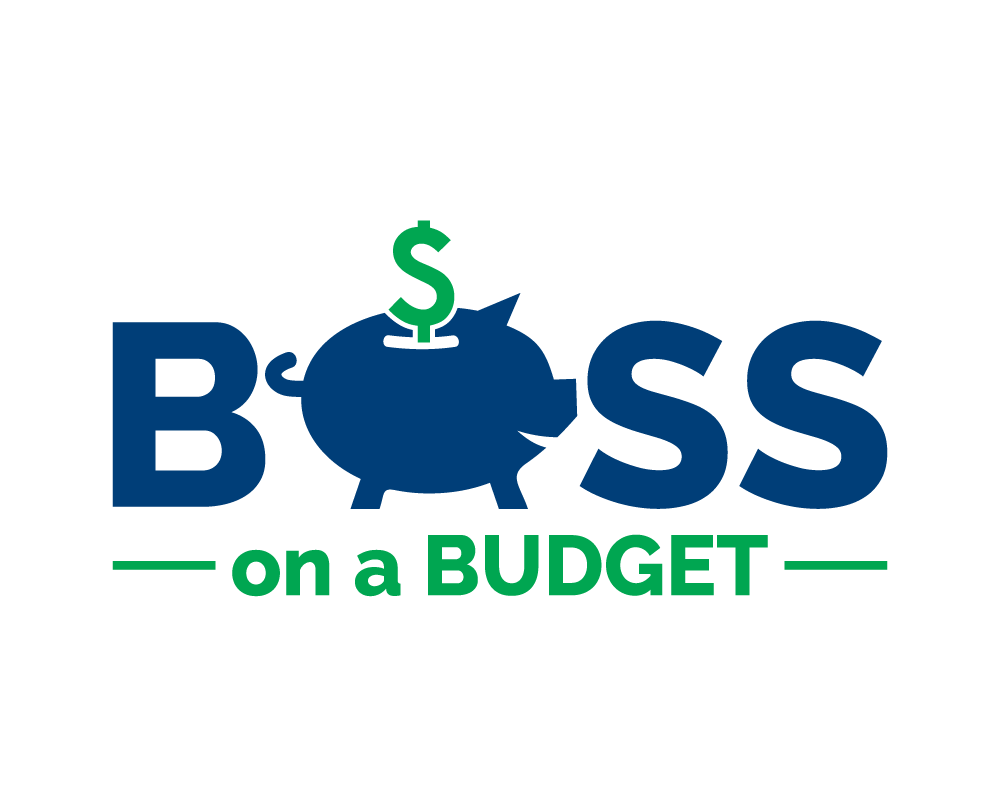Basics of Nonprofit Budgeting: A Quick Guide to Get Started
Contributed by Jitasa
Nonprofits are used to dealing with limited funds, and it’s easy to think of your budget as something that constrains your organization. In reality, your nonprofit’s budget should be its guiding light that helps your team create plans, gather resources, and prepare for the future.
At first glance, nonprofit finances can seem complicated, and they certainly can be if you’re new to dealing with them. Fortunately, in most cases, putting together a simple budget for your nonprofit should be relatively straightforward. But first, you need to solidify your understanding of nonprofit budgeting basics.
In this guide, we’ll provide a quick overview of core aspects of a nonprofit budget to help you put together your own.
Types of Nonprofit Budgets
The term “nonprofit budget” actually refers to a few different documents, given that many nonprofits have multiple budgets to account for their various programs and long-term strategies. Jitasa’s guide to nonprofit budgeting breaks down the five most common types of budgets as follows:
Operating budget. When you think of the term “nonprofit budget,” you likely think of an operating budget, which is an outline of all of your nonprofit’s expenses and revenue for one fiscal year.
Fundraising campaign budget. Nonprofits often have to spend money to make money, and a fundraising campaign budget helps you track how much you spend on specific revenue-generating activities, particularly events and other large-scale fundraisers.
Capital budget. This type of budget is used to track expenses for multi-year projects, like capital campaigns, to ensure you can run them effectively alongside other initiatives.
Program budget. Individual programs often have unique expenses, especially new programs that require one-time startup costs. Crafting specific budgets for each program can help you keep these initiatives organized.
Grant proposal budget. If your nonprofit has applied for grants, you’ve likely encountered grantmakers who want to see an outlined budget for how your nonprofit will use their funding if you win it. As such, grant proposal budgets are specialized budgets that revolve around a specific grant and pull data from your program, capital, and operating budgets.
While each of these budgets fills a unique need, their general purpose is to track expected expenses and revenue to ensure your nonprofit has the resources it needs to further its mission. For the purposes of this guide, we’ll focus primarily on operating budgets, but don’t be surprised if you need to create other types to meet your nonprofit’s needs.
Elements of a Nonprofit Budget
Your budget helps keep your finances on track and should be used strategically to help make the most of your limited resources. When creating a budget, ensure it includes these key features:
Defined activities. When listing expenses or revenue, write down what activities they are associated with. This helps you keep track of what specifically is bringing in funding and driving costs. You can also look back at the listed activities to ensure your resources are going toward your organization’s overarching goals or make strategic decisions about what activities you should prioritize.
Time periods. Operating budgets track revenue and expenses over the course of a year. When creating your budget, be aware that funding and costs will ebb and flow throughout the year. For instance, you might expect increased revenue generation during the year-end giving season and factor that into your spring programming expenses.
Clear metrics. Your budget should include specific fundraising and spending goals. These help keep you on track to ensure your fundraising team makes strategic revenue-generating decisions and that you thoughtfully consider expenses before making purchases.
Ultimately, these elements are used to record and measure the two main things your budget is designed to track: revenue and expenses.
Revenue
Your budget should account for money coming in alongside planned spending. Revenue includes all funding you earn, including individual donations, corporate contributions, earned income, grants, and investments.
Use past data to predict how much revenue you expect to earn from various sources when setting your budget. It’s best to be cautious when estimating incoming revenue. This ensures you will still have the resources needed to achieve your annual goals even if one funding source falls short or you incur unexpected costs.
Additionally, keep in mind that not all revenue is immediately accessible. Infinite Giving’s guide to nonprofit asset management highlights how assets can be both tangible and intangible with varying levels of liquidity. Specifically, assets include:
Cash
Investments
Endowments
Real Estate
Physical Assets
Grants
When recording revenue, assess its liquidity. Doing so allows you to assess how much cash you have available for spending in your budget at any given time. For example, cash gifts and grants are highly liquid assets that you can quickly invest in your programs. In contrast, the office building your nonprofit owns is also an asset, but you likely can’t cash it out at a moment’s notice, meaning it has limited liquidity.
Expenses
Most nonprofits organize their expenses based on how they further the organization’s mission. This is known as the “functional expense method” of budgeting, which aligns with nonprofit reporting requirements.
The functional expense method will sort your spending into three categories:
Program costs. Make a note of any costs related to your program. For instance, animal shelters need to buy pet food, homeless shelters may purchase clothes to give away, and education programs have to acquire school supplies for participating students.
Administrative costs. Your operating and administrative costs include all of the expenses you need to keep your nonprofit running. These include rent or mortgage payments for your office space, utility bills, staff salaries, insurance, and other purchases related to day-to-day management.
Fundraising costs. Most fundraisers have upfront costs you’ll need to factor into your budget. For example, an annual gala requires you to book a venue space and arrange a caterer, while a t-shirt fundraiser calls for purchasing inventory. Software subscription costs and fundraising consultant fees would also be considered as fundraising expenses.
Many donors wonder how nonprofits are using their gifts, and administrative and fundraising costs—together known as“overhead expenses”—often get a bad rap. However, these costs are still vital for your nonprofit’s continued operation, even if they don’t directly fund your mission. After all, you need to pay your staff and raise funds in order for your programs to function!
Nonprofit Budgeting Best Practices
Creating a budget and following a budget are two different things. To ensure your budget is useful to your nonprofit, implement these best practices:
Determine who is in charge of your budget. Your budget is far more likely to be helpful for your team if all relevant parties had a hand in creating it and understand why certain allocation decisions were made. When setting your budget, you might involve your nonprofit’s accountant, board of directors, fundraising team, and program leads.
Adjust your budget regularly. Nonprofits new to budgeting might set their budget at the beginning of the year and not look at it again until it’s time to set their next budget. Instead, your budget should be a living document that accounts for changing circumstances. Meet with your accountant, board, and nonprofit leaders at least once a month to evaluate your budget and make any necessary changes.
Work with nonprofit accounting professionals. Some nonprofits have complex budgeting needs. If your nonprofit needs help managing its finances, consider reaching out to a professional accountant. While this might seem like an extra expense, it can often be more cost-effective to work with an external consultant than hiring a new in-house team.
Budgeting is meant to help your nonprofit understand its finances and plan for the future. To get started, research templates designed specifically for nonprofits to see how charitable organizations like yours organize their budgets.
When it comes to keeping your nonprofit’s finances organized, your budget is one of your most useful tools. To put together your first budget, track down all of your organization’s financial documents related to spending and revenue, like financial statements, invoices, and receipts. Then, use these to start understanding how your nonprofit spends and earns funding so you can make informed decisions about expected revenue and expenses.


